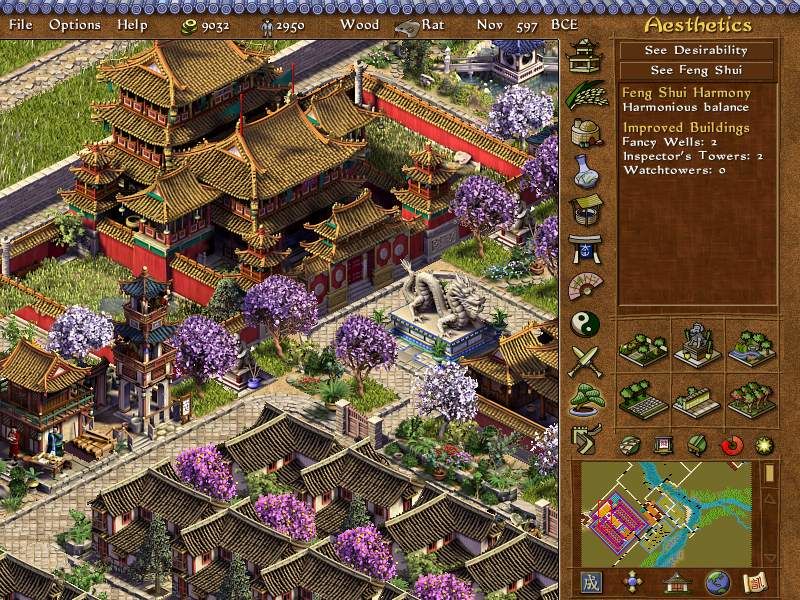
For each transaction, the appropriate amount of aes had to be weighed. Then it was started to use untreated bronze, in small pieces, for payment, the so-called aes rude. Scientists estimate the probable time of the emergence of a new currency in the middle of the 5th century BCE. With the more and more frequent contacts of the Romans with the Greeks living in southern Italy (so-called Great Greece), a need appeared in Roman society to imitate their Greek neighbours.
#Emperor rise of the middle kingdom pecunia license
Rome’s contacts with Africa and Far EastĬreative Commons Attribution license - On the same terms 3.0. These findings were made within the framework of a research project that aims to expand our knowledge of the Roman presence in the territories of the Po delta and the spread of the monetary economy in a rural area between the urban centres of Hatria and Ravenna. The result of sample cross sections showed that the archaeological finds of Alberone di Ro are different from those of the neighbouring field surveys and may be related to different periods. Metallographic analysis revealed that the coins were made from copper alloys, many of which are characterised by high lead content and various soil interactions. The iconographies revealed that many of the coins found at the archaeological site were minted between the first and second century ad. Microstructural research was conducted with cross-section samples of coins without iconographies. Alloy components and corrosion products were analysed using scanning electron microscopy (SEM) equipped with energy dispersive spectroscopy (EDS) and X-ray diffraction (XRD). Grazing light was used to obtain information about iconography. The aim of this study was their chemical and microstructural characterisation aimed at obtaining information about the period of the coinage. Herein we present several case studies concerning the counterfeiting of gold and silver coins from the fifteenth to seventeenth centuries.Įleven coins and one medal were discovered at the Roman archaeological site of Alberone di Ro near Ferrara (Italy), and three others during neighbouring field surveys. 
Moreover, many sites and/or forgeries discussed in previous publications should be studied again using new methods and adopting new considerations. Since then, many new artefacts have been found, but information about them has been published only in part, and many have not been studied by numismatists or subjected to archaeometrical investigation. Frigyes Kahler is the researcher who most recently (several decades ago) published articles about the counterfeiting of coins during the Middle and Early Modern Ages. Visegrád, Buda, Esztergom, Kassa, Tevel, Bonyhádvarasd, and Szuhogy-Csorbakő, where not only counterfeit coins but other artefacts or objects (sheet metal, raw material, casting jars, and furnaces) which are obviously related to this illegal activity have been excavated. Many forgeries can be found in numismatic collections, but tracing them to a specific workshop is sometimes a difficult matter. We have obtained many written sources and archaeological artefacts related to the counterfeiting of coins of the Hungarian Kingdom during the Middle and Early Modern Ages.





 0 kommentar(er)
0 kommentar(er)
